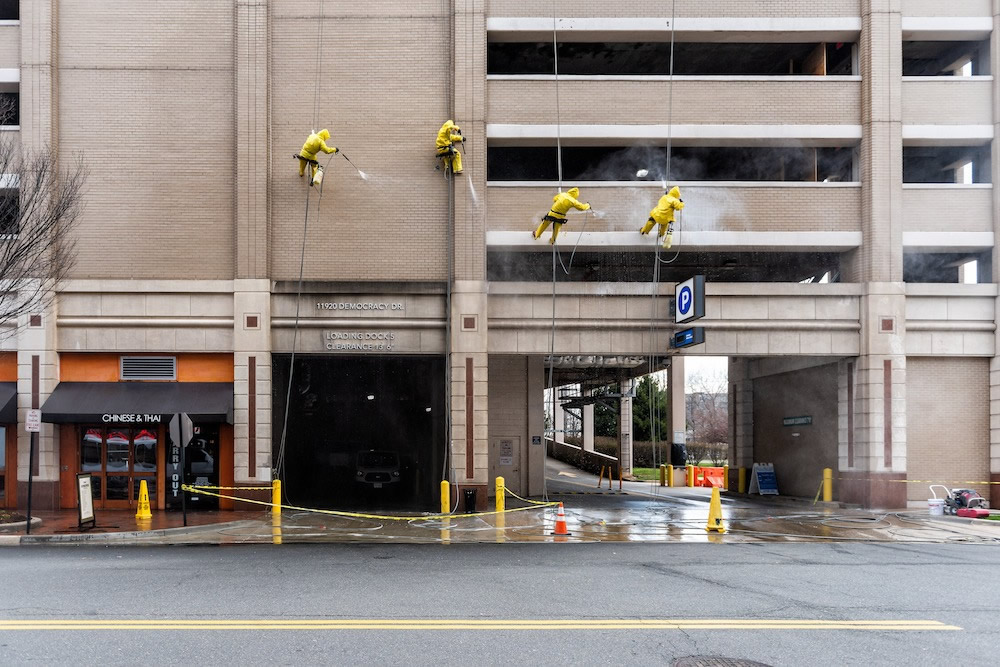Words: MASONRY Magazine
Photos: krblokhin
Chemicals are used in our everyday lives without thinking about all the dangers that we could subject ourselves to, from the products we use on our skin and faces to cleaning products and solvents used at home and even on a jobsite. Safety is and should always be taken seriously while on a jobsite.
Safety Data Sheets (SDS) play a big role in the safety requirements on a jobsite and in particular, the products that will be used. The appropriate personal protective equipment (PPE) is outlined to ensure safety while using the product or chemicals during the project. Reading over the SDS is the first step to staying safe on a jobsite, Arthur Mintie, Senior Director of Technical Services at LATICRETE states.
“When prepping the area for installation, mason contractors should try to contain the area where the products are being used to avoid exposing adjacent areas to chemicals,” Mintie said. Masons should also keep a list of the substances, the amount they’re using, and should record the risks associated with them in order to ensure the chemicals are handled safely. “All cleanup and disposal should follow the protocol outlined in the SDS in place for the project,” Mintie informs.
Common Mistakes and How to Avoid Them
One common misconception with chemical safety is assuming the materials are not and cannot be harmful. This mistake can lead masons to ignore the usage instructions or not use the required PPE, Mintie confirms. Depending on the severity or potential exposure to the chemicals being used chemical resistant clothes, gloves, eye protection, and respirators may be included in the SDS.
Here are a few tips to keep in mind when using cleaning chemicals and solvents:
• If an SDS calls for contractors to wear gloves, a face mask, etc. do so to avoid unnecessary exposure to the chemical/product.
• A surplus of chemicals and hazardous waste must be dealt with in accordance with the information in the SDS. Always follow proper disposal requirements for the chemical/product.
• After use, all chemicals must be stored and labeled in accordance with the instructions on the safety sheet. For example, acids and alkalis should not be stored together in the same space.
• Work clothes must be kept clean. If the contractor has been in contact with chemicals, they should shower before they go home, as to not risk longtime skin exposure or put their families at risk.
Preventing contamination or chemical burns from occurring is the safest route to take when using cleaning solvents or chemicals. However, we are better off knowing what to do in these situations. That old saying tends to ring true, better safe than sorry. “If contamination occurs, masons should immediately shower or wash the areas of the skin exposed to the chemical,” Mintie advises. The clothing must then be decontaminated or disposed of properly. “There is always a potential the chemical may have unfamiliar characteristics that could be problematic.” It’s encouraged for mason contractors to work with their respective materials supplier to understand the chemicals they will be working with and why.
Depending on the task masons should consider using water-based products as opposed to solvent-based materials whenever possible. As these materials are less toxic to the user and environment and promote sustainable living.
